The principle and application of production cooling process in pharmaceutical engineering
The principle and application of production cooling process in pharmaceutical engineering
Pharmaceutical engineering refers to the use of chemistry. The engineering process of transforming raw materials into drugs through a series of production processes using scientific knowledge and technological means such as biology and physics. Among them, the cooling process plays a crucial role in pharmaceutical engineering. It can promote a decrease in reaction rate or stabilize product quality by reducing temperature, and can achieve key steps such as product separation, purification, final product, crushing, and packaging.
Firstly, the production cooling process in pharmaceutical engineering is mainly achieved through heat transfer. The common heat transfer methods include conduction, heat transfer, and convective heat transfer. Among them, conduction heat transfer refers to the direct contact transfer of heat between solids, and its heat transfer speed is related to the thermal conductivity of the heat transfer material; Radiative heat transfer refers to the transfer of heat through radiation without the need for a medium; Convective heat transfer refers to the transfer of heat through the flow of a medium (gas or liquid). In pharmaceutical engineering, common cooling methods include gas cooling, water cooling, and freezing cooling.
Secondly, the production cooling process in pharmaceutical engineering is mainly applied in the following aspects.
- Reaction cooling: In some chemical reactions, cooling is required to lower the temperature of the reaction system in order to control the reaction rate, increase product yield, or reduce the occurrence of side reactions. Reaction cooling can be achieved through water cooling, cooling screws, and other methods to effectively control the reaction temperature.
- Crystallization cooling: In pharmaceutical engineering, in order to obtain high-purity products, it is necessary to precipitate solute molecules from the solution through the crystallization process. During the crystallization process, solute molecules are precipitated by cooling the solution, and the size and shape of the precipitate are adjusted by controlling the cooling rate.
- Drying and cooling: In pharmaceutical engineering, drying is the process of removing solvents or moisture from solid drugs. During the drying process, cooling media (such as cold air) are used to lower the temperature of solid drugs, thereby promoting the evaporation of water.
- Packaging cooling: In pharmaceutical engineering, drug packaging is a very important part. In pharmaceutical engineering, in order to ensure the quality and stability of drugs, it is necessary to control the temperature of drug packaging through cooling to prevent drug decomposition or oxidation reactions.
In summary, the production cooling process in pharmaceutical engineering is a key technical means that can effectively control the quality, stability, and production efficiency of drugs. In practical applications, pharmaceutical engineering personnel need to fully understand the principles and applications of the cooling process, choose cooling methods and parameters reasonably, and pay attention to temperature control, cooling medium selection, energy conservation and emission reduction, in order to ensure the safety, efficiency, and sustainable development of pharmaceutical engineering.
RecommendedProducts
- More
SUNDI Z Frequency Conversion Series
WHATSAPP WECHAT Ultra high temperature cooling technology can directly cool from a high temperature of 300℃[because only the heat transfer medium in the expansion…
- More
SUNDI -10℃~150℃
Fully enclosed system, single medium completes refrigeration and heating -120~350℃ ±0.5℃ AC 380V 50HZ 8kW max Ultra high temperature cooling technology can directly cool from a hi…
- More
SUNDI -80℃~250℃
● Working temperatures from -120°C to +350°C ● Previously unachievable performance ●Intelligent temperature control ● Maximum process stability and reproducibility ● Adop plate heat exchager, Pipeline heating, the fastest he…
- More
SUNDI-320/320W
Fully enclosed system, single medium completes refrigeration and heating -120~350℃ ±0.5℃ Ultra-high Temperature Cooling Technology Can Directly Cool Down From 300℃ High Temperature. Bec…
- More
SUNDI -25℃~200℃
Fully enclosed system, single medium completes refrigeration and heating -120~350℃ ±0.5℃ ● Working temperatures from -120°C to +350°C ● Previously unachievable performance ●Intelligent temperature control…
- More
SUNDI -25℃~300℃
● Working temperatures from -120°C to +350°C● Previously unachievable performance●Intelligent temperature control● Maximum process stability and reproducibility● Adop plate heat exchager, Pipeline heating, the fastest heating a…
- More
SUNDI -45℃~250℃
● Working temperatures from -120°C to +350°C ● Previously unachievable performance ●Intelligent temperature control ● Maximum process stability and reproducibility ● Adop plate heat exchager, Pipeline heating, the fastest heat…
- More
SUNDI -60℃~250℃
Ultra high temperature cooling technology can directly cool from a high temperature of 300℃[because only the heat transfer medium in the expansion chamber contacts with ox…
loading…
已经是到最后一篇内容了!
Request a quote
Provide 7 * 24 free consultation and comprehensive solutions
Related recommendations
-
Pharmaceutical WFI system low-temperature cooling water circulator/chiller
1362The WFI (Water for Injection) system in the pharmaceutical industry is a highly purified water system that provides sterile water that meets strict quality standards for drug production and formulations (such as injections). ...
View details -
The Role of Chillers in the Pharmaceutical Industry
1249Quality control in the pharmaceutical industry is related to human health. Chillers play an important role in quality control. This article introduces the use of process chillers in pharmaceutical manufacturing.
View details -
What equipment is assisted by low-temperature chillers in the pharmaceutical industry?
1241The use of low-temperature chillers in the pharmaceutical industry is mainly to meet the strict requirements for temperature control in various production processes, in order to ensure product quality and production safety. Low temperature c...
View details -
What type of temperature control system is required for smear preparation in the pharmaceutical industry?
1402In the pharmaceutical industry, negative pressure drying and smear preparation have specific requirements for temperature control, and usually require precise and adjustable temperature control devices to ensure product quality and process sta...
View details
 LNEYA Industrial Chillers Manufacturer Supplier
LNEYA Industrial Chillers Manufacturer Supplier










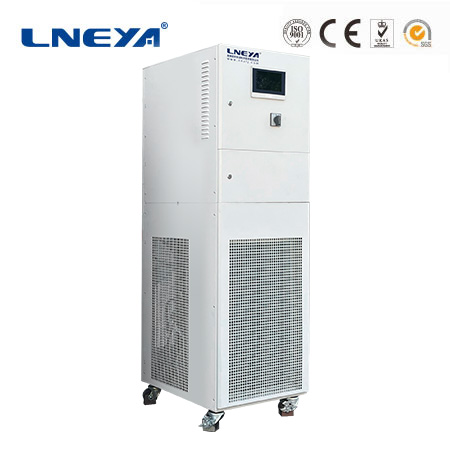

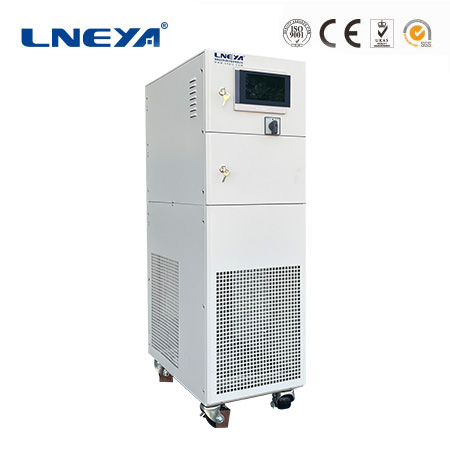
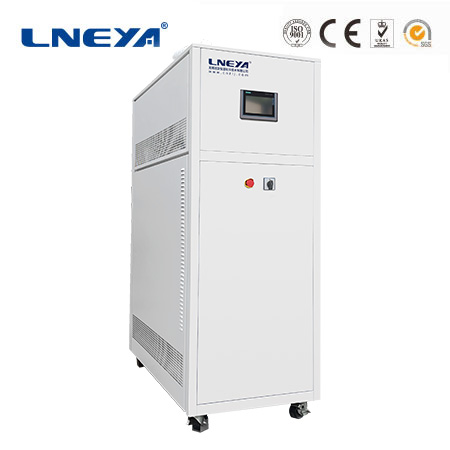

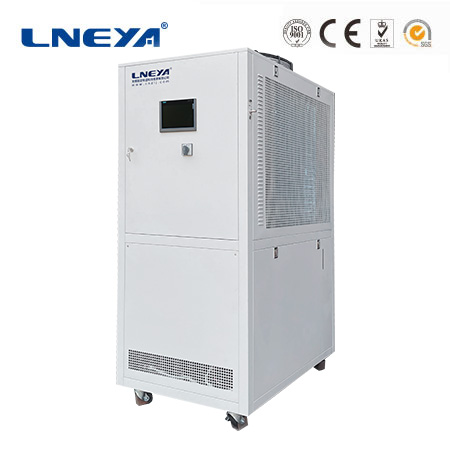
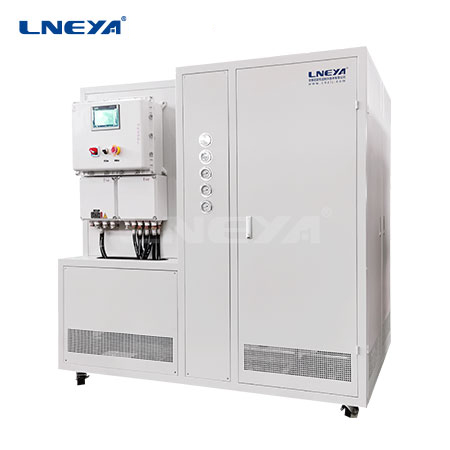


Submit for consultation
We will reply to you within 24 hours